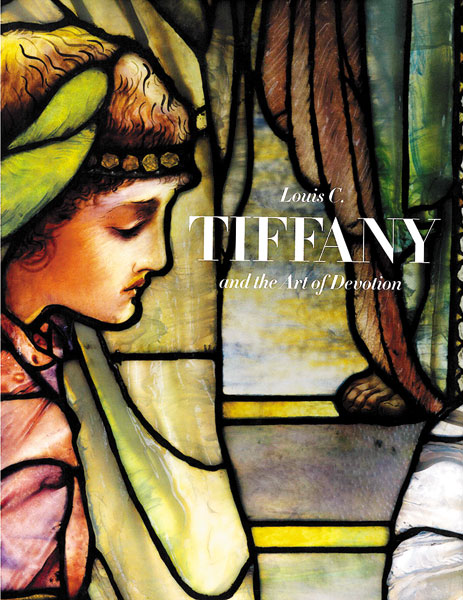
Louis C. Tiffany and the Art of Devotion
Edited by Patricia C. Pongracz (London: D Giles Ltd. and New York: Museum of Biblical Art, 2012), 216 pp., $55 (hardcover)
When you hear the name Tiffany, the first image that jumps to mind might be a colorful leaded-glass lamp or perhaps that iconic little blue box with a white ribbon. Yet, between 1878 and 1933, the majority of Tiffany Studios’ commissions were religious works.
Under the guidance of Louis Comfort Tiffany (son of Tiffany & Co. founder Charles Lewis Tiffany), Tiffany Studios became the arbiter of taste and religious identity with their elegant stained-glass windows, luxurious liturgical implements, mosaics and furniture to decorate the houses of worship that sprang up during the religious building boom of the Gilded Age. This is the subject of Louis C. Tiffany and the Art of Devotion, a richly illustrated catalog published to accompany a recent exhibit of the same name at the Museum of Biblical Art (MOBIA) in New York City. In the director’s Foreword, MOBIA executive director Ena G. Heller includes an interesting tidbit about Tiffany’s place in American society: “While a majority of [Tiffany Studios’] clients were Protestant, varied other religious groups went to Tiffany for their commissions precisely because Tiffany works conferred a certain status—in the case of Catholic and Jewish communities, for example, reinforcing their status as acculturated Americans.”
Already a library member? Log in here.
Institution user? Log in with your IP address.

